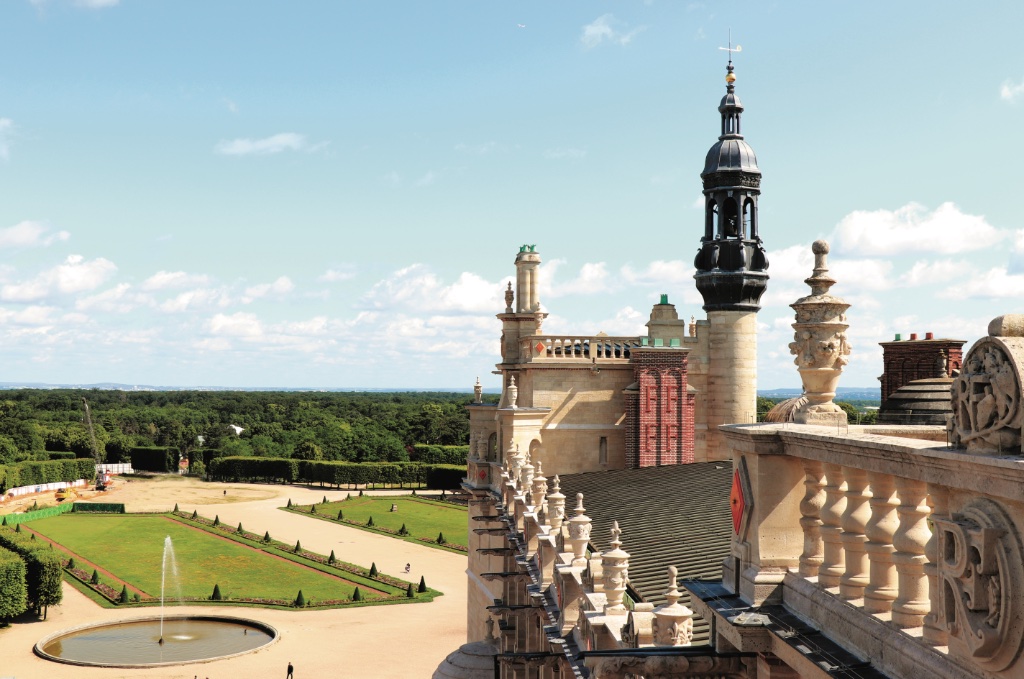
At the western end of the first Parisian railway, now the RER A rapid transit line, Saint Germain en Laye is 12 miles and a far world away from the hassle and pollution of the capital.
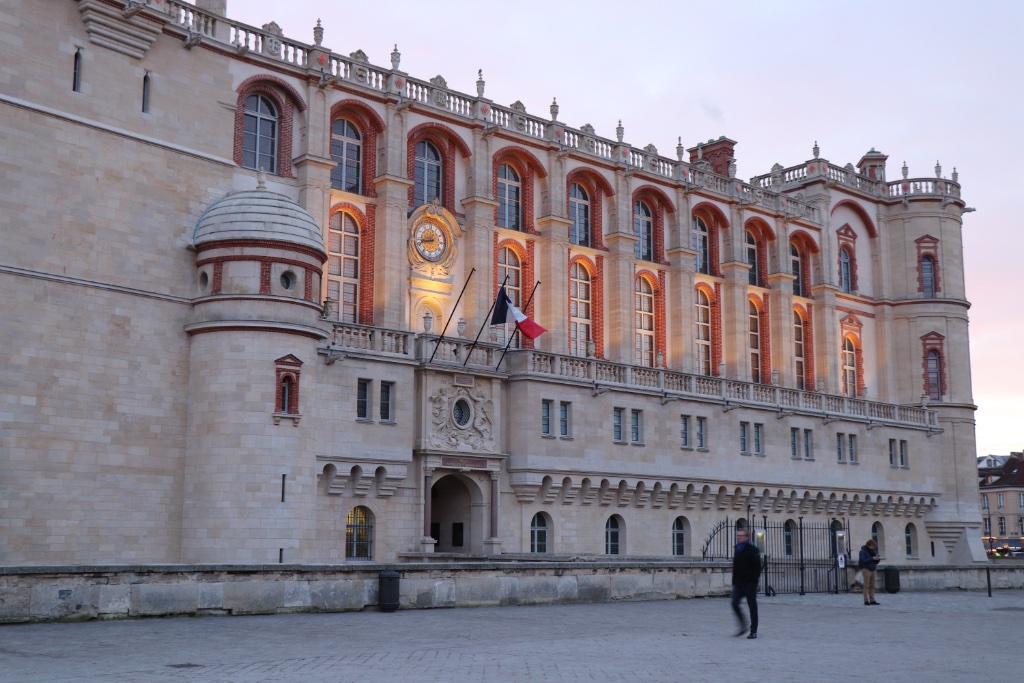
Perched above a meander of the Seine, Saint Germain is dominated by its castle, now home to the French National Archaeological Museum. A playground for generations of French royals, the castle park, designed by Louis XIV’s gardener André Le Notre, flanks the river for more than a mile before merging into the surrounding forest.
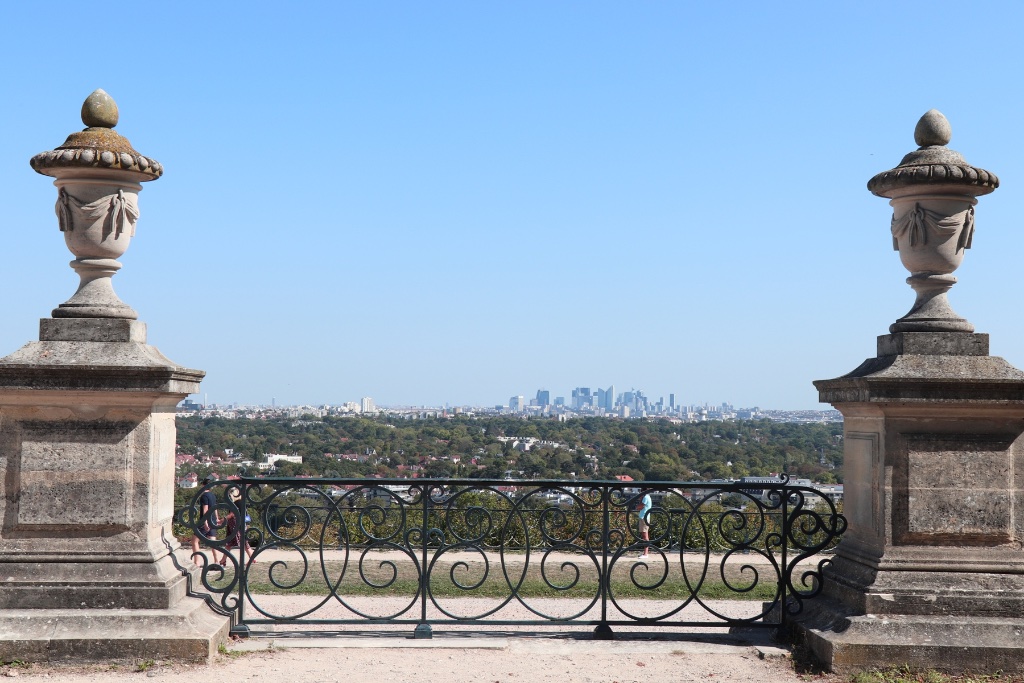
On a clear day, the view from the park’s Great Terrace takes in the sweep of Paris landmarks from the Sacré Coeur in Montmartre to the Eiffel Tower. When Paris is choked in smog, Saint Germain often sits above the cloudline – a point in its favor for a day out of town.
For foodies, it hosts a Saturday market to die for and a choice of fine eateries. Facing the castle, the Art Deco-style Brasserie du Théâtre offers classic delights – think seafood platters, grilled calves’ kidneys and (an increasingly rare pleasure) good house wines by the carafe. Over the years, it has had ups and downs, but right now it’s definitely on the up.
Higher on the gastro ladder, chef Eric Lurthy, fresh from Montmartre’s Terrass Hotel, has taken over the kitchen at the Pavillon Henri IV. Where once part of the castle stood, the Pavillon is more fading grande dame than palace hotel (though Louis XIV was born in the building), but for a special dinner, the restaurant is unbeatable with its combination of fine cuisine, white-glove silver service and that magical view of Paris through its panoramic windows.
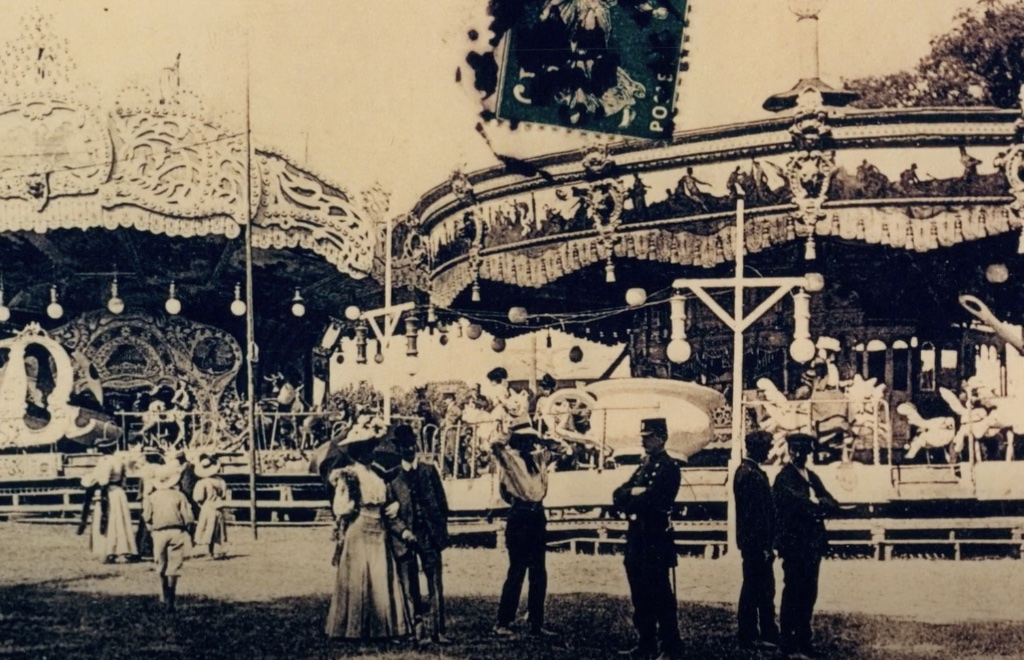
At the other end of town, and the other end of the social scale, the Fête des Loges (June–August) turns a swathe of the Saint Germain forest into a wonderland of pleasure booths, joyrides and sausage-sandwich stalls. France’s largest traditional midsummer amusement park, its roots go back to the Middle Ages.
With streets lined by the elegant townhouses of the ancien régime’s former aristocracy, and shops catering to their every taste, Saint Germain became, after the arrival of the railway in the 1840s, a residence of choice for upwardly mobile members of the cultural and artistic middle class.
The composer Claude Debussy was born in a house on the Rue au Pain in 1862. A half-century later, Debussy’s friend, the painter and art critic Maurice Denis, the leading theoretician of the Nabi group, bought an 18th-century decommissioned hospital, renamed it “The Priory” (he was fervently Catholic) and converted it into a family home.
Both houses are now museums. Debussy’s is closed for renovation until September, but the Musée Départmentale Maurice Denis is open and, until July 2, hosting a delightful exhibition that explores the place of women in Nabi art.
“Femme(s)!” brings together portraits and paintings of women by Nabi artists – Denis in particular but also Paul Sérusier, Ker-Xavier Roussel, Paul Ranson, Maurice Marinot, Louis Anquetin, Paul Gauguin and Théo van Rysselberghe. Included are paintings by women associated with the fraternity. Often daughters and pupils, they shine as talented artists whose wings were too often clipped by marriage and domesticity before they could take flight.
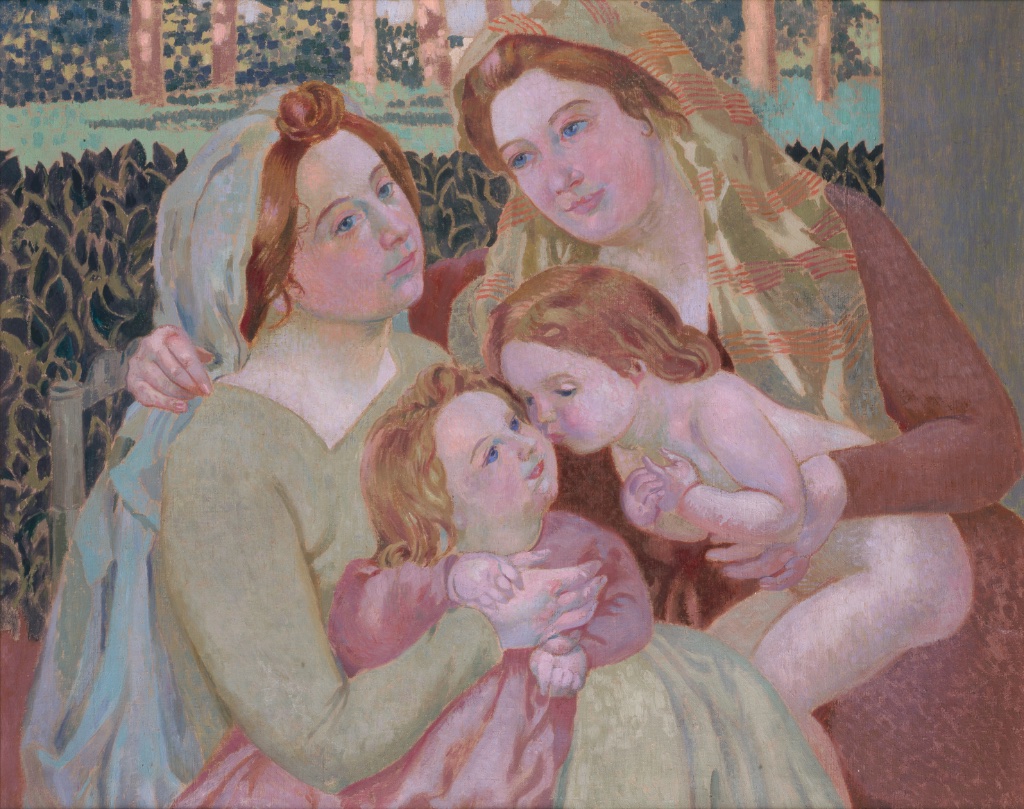
The Nabis took their name from the Hebrew word for prophet, and there’s an Old Testament vibe in much of their work. When it came to aesthetic theories about color and form, the Nabis were experimental modernists, but philosophically and sentimentally they were prelapsarian romantics, They were into art as a spiritual declaration, and into their women in much the same way. Marthe, Denis’ wife for 26 years until her death in 1919, is omnipresent in the show, depicted as a virginal bride, a wifely wife, a motherly mother and a symbol of the good life lived and loved.
Not for Denis and his friends the high-kicking vigor of Toulouse-Lautrec’s Jane Avril, painted in 1893, the year that Maurice married Marthe, nor the boldly naked naughtiness of Manet’s Dejeuner sur L’Herbe, painted 30 years earlier.
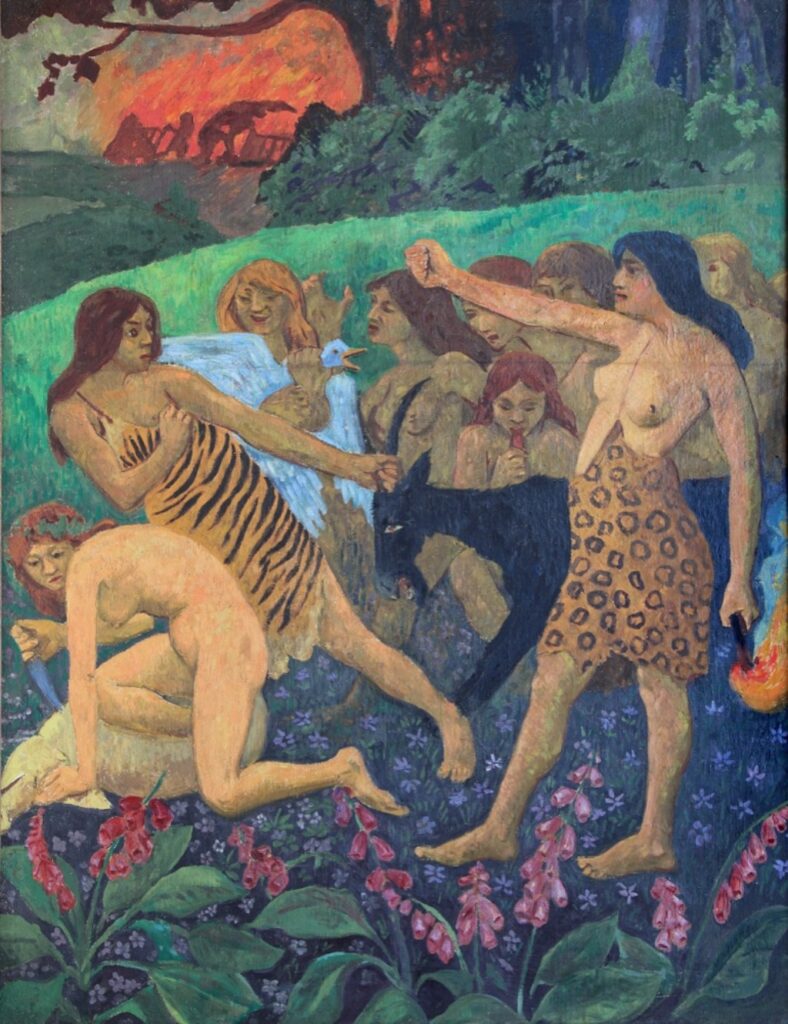
It’s an art of decorous, bourgeois propriety: Eve in a pastel-colored paradise before the fall. Still, a sense of unease sometimes peeps through. In Serusier’s “L’Apprêt du Festin, for example, the women preparing the feast are wild knife-wielding orgiasts, and possibly arsonists too.
Carpe diem, which is also the way to enjoy a day out in St-Germain.
Favorite
I take all my guests there! But, don’t forget to mention that across the street from the chateau is the gorgeous Catholic church where an exiled King of England & Scotland is entombed! Well, at least one urn of his entrails is entombed, anyway (the rest of his body parts went to different resting places). The last Catholic monarch in the UK, King James VII of Scotland (who was also King James II of England & Ireland) died in exile in SGEL in 1701. Queen Victoria visited his tomb during her reign; there is a commemorative plaque on the side of the church marking the visit. Go inside the church to see the tomb!
Thanks for this added information, Anna.